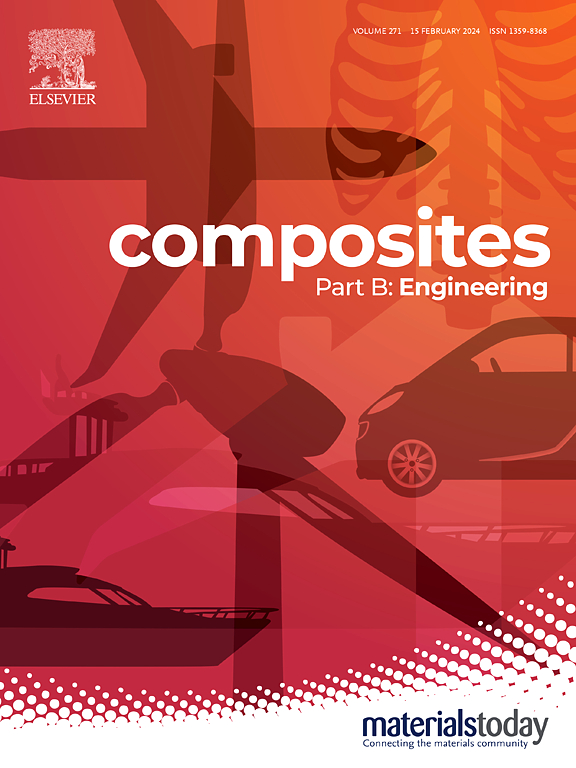Influence of the composition of treatment solution on the healing of cracked cement mortars using the MICP method
IF 12.7
1区 材料科学
Q1 ENGINEERING, MULTIDISCIPLINARY
引用次数: 0
Abstract
Microbially Induced Carbonates Precipitation (MICP) is a promising technique for enhancing the self-healing properties of cementitious composites. Despite numerous studies on the subject, there is a limited focus on the comprehensive analysis of the various components in treatment solutions influencing precipitation in MICP. This study aimed to investigate Bacillus subtilis bacteria's ability to precipitate carbonates via ureolytic and heterotrophic pathways in controlled conditions and within the cement mortar environment using different combinations of calcium and magnesium compounds. The assessment included crack-sealing capability, determination of precipitate masses, and microstructure analysis (XRD, SEM, Raman spectroscopy). The results confirmed B. subtilis' effective precipitation of various crystalline forms of calcium carbonates and magnesium carbonates under controlled conditions. However, in the presence of the cement matrix, only solutions with magnesium compounds exhibited sediment precipitation in mortar cracks, indicating limited bacterial activity in the cement composite environment. Microstructural analyses characterized all precipitate forms, supporting the conclusions drawn.
求助全文
约1分钟内获得全文
求助全文
来源期刊

Composites Part B: Engineering
工程技术-材料科学:复合
CiteScore
24.40
自引率
11.50%
发文量
784
审稿时长
21 days
期刊介绍:
Composites Part B: Engineering is a journal that publishes impactful research of high quality on composite materials. This research is supported by fundamental mechanics and materials science and engineering approaches. The targeted research can cover a wide range of length scales, ranging from nano to micro and meso, and even to the full product and structure level. The journal specifically focuses on engineering applications that involve high performance composites. These applications can range from low volume and high cost to high volume and low cost composite development.
The main goal of the journal is to provide a platform for the prompt publication of original and high quality research. The emphasis is on design, development, modeling, validation, and manufacturing of engineering details and concepts. The journal welcomes both basic research papers and proposals for review articles. Authors are encouraged to address challenges across various application areas. These areas include, but are not limited to, aerospace, automotive, and other surface transportation. The journal also covers energy-related applications, with a focus on renewable energy. Other application areas include infrastructure, off-shore and maritime projects, health care technology, and recreational products.
 求助内容:
求助内容: 应助结果提醒方式:
应助结果提醒方式:


